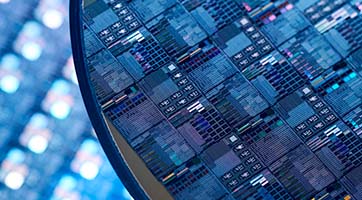
- Semiconductor Technology Now
Visiting Laboratories
Living lab—a space to gather wide-ranging wisdom and share problems
TM: From the viewpoint of a lab manager, what do you think is important in enhancing a lab’s value?
Masahiko Inami: In the past, the value of a lab equaled to the value of its facilities—whether it has expensive measuring instruments or not, that sort of thing. It is still true in some fields of research today, but not so at an information engineering lab like ours, which does not need very expensive machines. Most of our work can be done with personal computers and some other affordable equipment.
Today, I suppose the value of a lab is determined by the breadth of its partnerships with businesses, universities and research institutes, and also by the diversity of values, ideas, and insights that it can attract to its communal space. Students and researchers should pursue the research process in company with a diverse group of people, not in isolation. Once such a communal space has been established, a succession of interesting results will certainly follow.
TM: Your lab has an impressive living space, which is quite rare. Why did you create this space?
Masahiko Inami: We call it the “living lab.” It’s a living space where researchers and some fruits of their research are thrown together, so they can use the prototypes in the real-world environment and refine the technology. The concept of a living lab originated in Europe, and its purpose was to put technology users, manufacturers, and researchers in one place, letting them explore whatever issues that needed to be addressed. We created this place as a space for using and playing with various prototypes, so we can discover seeds of further research. We also conduct brainstorming and workshops here inviting corporate guests. We use this space not only to come up with solutions but also to explore our future courses of action.
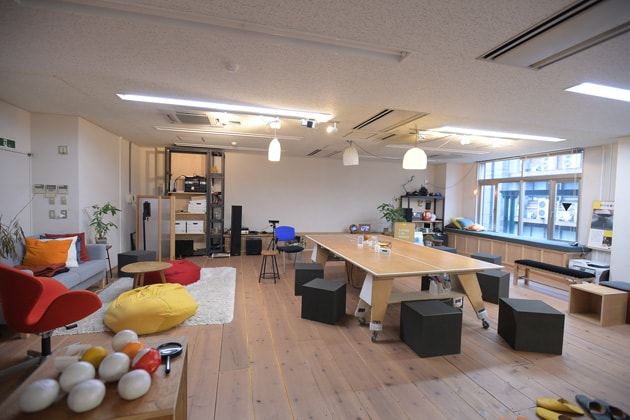 |
TM: What sort of skills do you think students and junior researchers should cultivate?
Masahiko Inami: I’d say the skill of expressing oneself without being self-conscious. Keeping the output always in mind is vital to any research. Many students at the University of Tokyo love to cram themselves with information, but too much input without output can be harmful. It’s the same as breathing. You just can’t keep inhaling indefinitely—if you do you die. So, the cycle of inhaling and exhaling is the expression of life itself. If you come up with a new idea and feel an urge to create something, you should speak to others about it: otherwise your idea is meaningless. If you do talk, those who are listening will offer their insights in return. It is a rule among researchers to exchange wisdom using information as currency. If you tell an intriguing story, you get to listen to some new ideas of others.
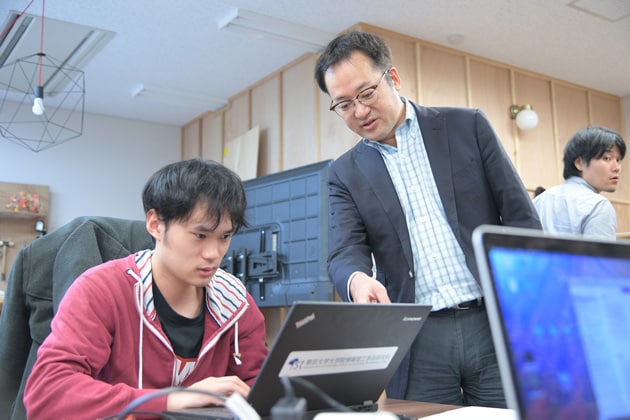 |
TM: How well you can express your ideas may be the factor that differentiates a pro from an amateur. Just knowing a few things that others don’t can make amateur researchers dance with joy, but it takes a lot more to satisfy a pro.
Masahiko Inami: Exactly. The ability to express one’s ideas well enough to receive compensation is the requirement of a professional researcher. Expressing yourself is difficult and uncomfortable until you get used to it. I myself got very nervous before presenting my master’s thesis. I pulled an all-nighter to correct the paper time and time again and learned the entire text by heart, but my performance was a disaster. Now I can talk casually either in Japanese or English without a prepared text, but that’s because I’m now used to it. After speaking in public several times and building up self-confidence, you begin to receive a reaction from the listeners. And at some point you start enjoying the interaction.
Students at my lab will get opportunities to give presentations at academic conferences, which will teach them the useful skill of talking in front of an audience. There are some people who are a natural at giving presentations, but you don’t really have to be born that way, because anyone can improve their presentation skills by training.
TM: What message will you give to students who got interested in your lab?
Masahiko Inami: I encourage them to experience creating something and talking about it in front of others. It doesn’t matter if the subject is commonplace or trivial or imitative. Studying and receiving good grades are certainly important, but your experience of taking an initiative will be an even more powerful tool in a research project.
-
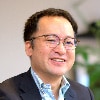
Part. 1
Professor
Masahiko Inami
-
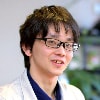
Part. 2
Shinya Serizawa
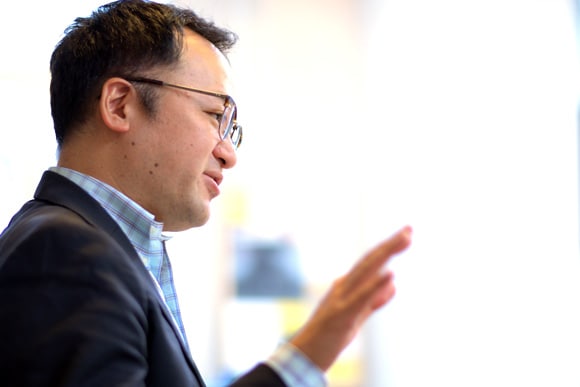 |
Profile
Masahiko Inami
Professor at the Research Center for Advanced Science and Technology, the University of Tokyo. PhD (engineering)
Masahiko Inami graduated from Tokyo Institute of Technology’s Department of Biotechnology, School of Bioscience and Biotechnology in 1994. He completed the master’s program at the Institute’s Graduate School of Bioscience and Biotechnology in 1996, and received his doctorate in 1999 from the Department of Advanced Interdisciplinary Studies, Graduate School of Engineering, the University of Tokyo. Inami held many positions after that, including Research Associate and Research Assistant at the University of Tokyo, JST PRESTO Researcher, Lecturer at the University of Electro-Communications’ Dept. of Mechanical Engineering and Intelligent Systems, Assistant Professor and then Professor at the University of Electro-Communications, Visiting Scientist at MIT’s CSAIL, and Professor at the Graduate School of Media Design, Keio University, before assuming the current position in 2016. His research interests include designing new body schema, augmented human, and entertainment computing. Inami has developed diverse devices that interact with human sensations and perception, including optical camouflage, haptic extender, and dynamic visual acuity enhancer. Among the awards he’s received are Time magazine’s “Coolest Invention of the Year” and the MEXT Prize for Young Scientists. Inami is founder and co-president of Superhuman Sports Society. Books he authored in Japanese include Superhumans Are Born! (NHK Publishing shinsho paperback).
Inami Hiyama Laboratory: https://star.rcast.u-tokyo.ac.jp/
Writer
Motoaki Ito
CEO, Enlight, Inc.
Motoaki Ito started his career as an engineer at Fujitsu, and engaged in semiconductor development for three years. After serving 12 years as a reporter, editor, and editor-in-chief for various publications including Nikkei Microdevices, Nikkei Electronics, and Nikkei BP Semiconductor Research, he spent six years as a consultant at TechnoAssociates, Inc., a joint think tank between Nikkei BP and Mitsubishi Corporation, supporting the clients’ manufacturing operations. Ito then worked for Nikkei Business Publications (Nikkei BP) for four years as an advertising producer of its technology information group, with a main focus on marketing support.
Ito founded Enlight, Inc. in 2014. The company leverages its expertise in communicating the value of specific technologies to the target audience, and offers marketing support mainly to technology companies.


















